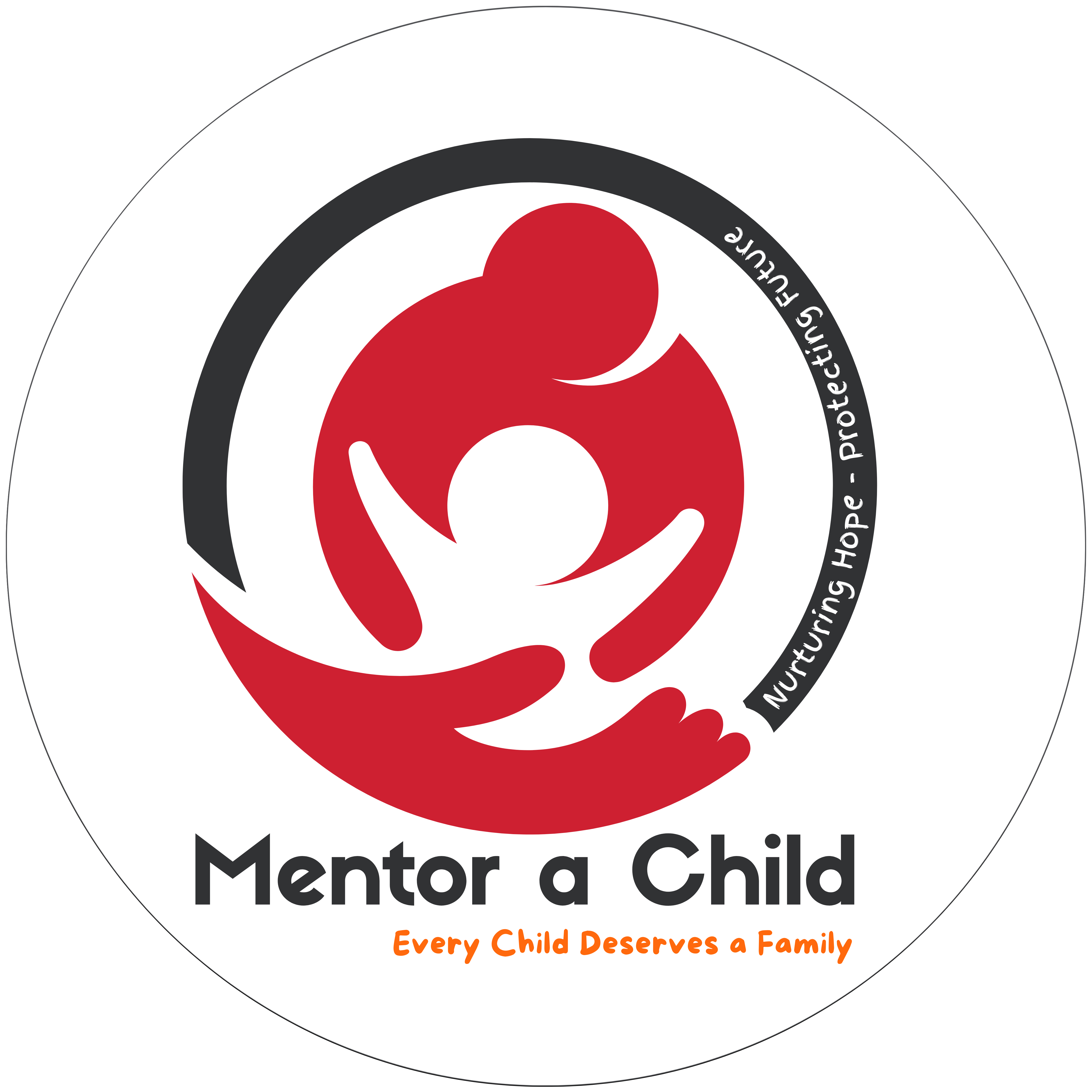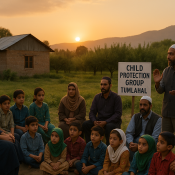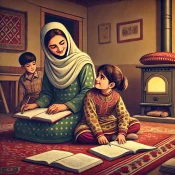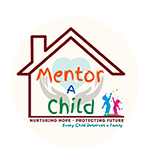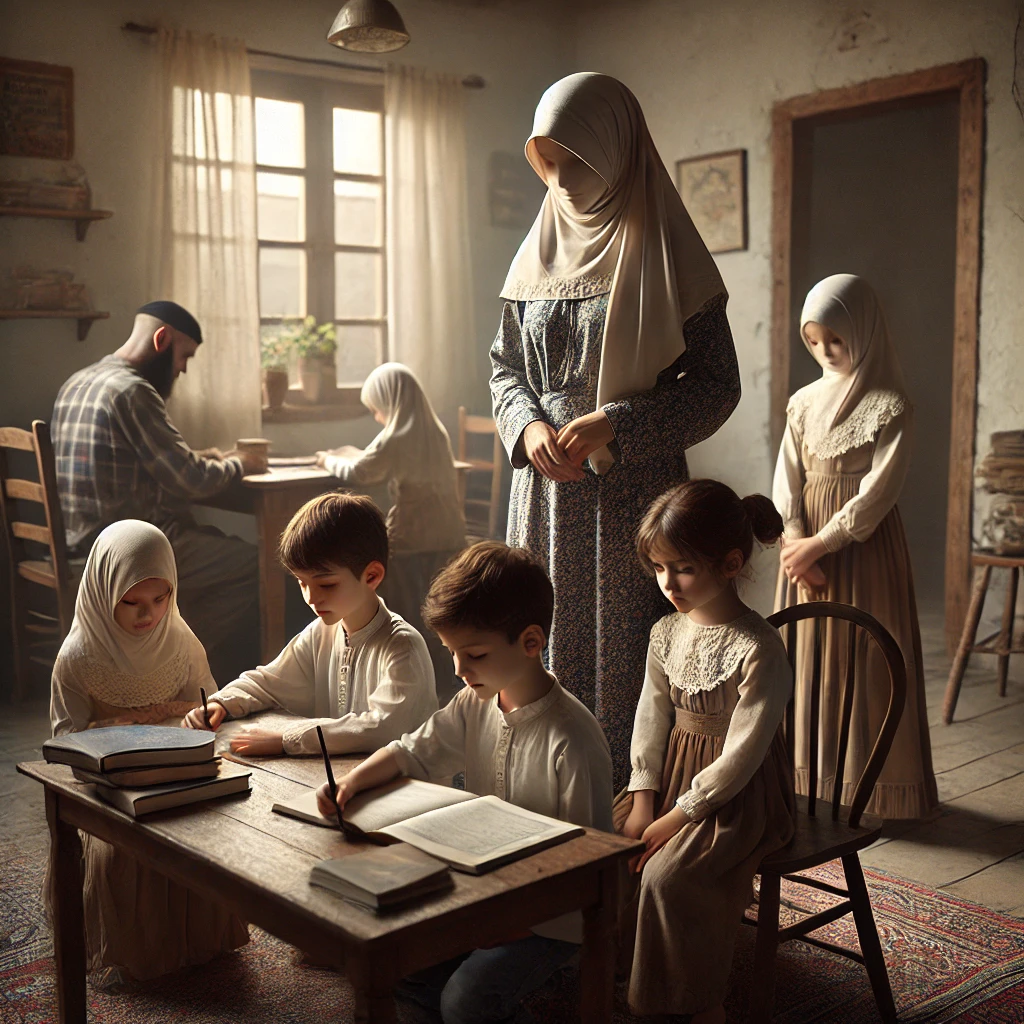
Weaving a Safety Net
A village refuses to let 3 children enter institutional care
It was an afternoon in July 2020.
In the tranquil village of Trenz in south Kashmir’s Shopian district a simple phone call for Naina (Name Changed) would change everything.
Her husband, Maqbool Ahmad, a daily wage labourer and the only bread earner of the family had fallen off an under-construction building.
That call initiated a heart-wrenching journey that would test a mother’s resolve and eventually show the power of community action.
“Sudden and unexpected death has a way of jolting our senses,” Naina, 45, recalls, her voice heavy with emotion.
For eight days, she watched her husband lie unconscious in Kashmir’s premier medical facility, the Sher-e-Kashmir Institute of Medical Sciences (SKIMS).
On the ninth day, Maqbool briefly opened his eyes.
“I ran to him and smiled,” Naina recalls, her voice cracking. “He wanted to say something but couldn’t because of the pipe in his throat. Then he slowly closed his eyes again.”
Those would be their final moments together.
Left alone with three children – Mariya, 15, Inaya, 11, and Adam, 10 – Naina faced an impossible choice.
Her children were bright students.
Mariya had recently cleared her class 10 examinations with flying colours at the Government High School Trenz, while the younger ones were enrolled in a local private school.
But with no source of income and mounting educational expenses, Naina began contemplating sending her younger daughter and son to a childcare institution.
The family’s circumstances were dire.
Their semi-permanent house, built by selling Naina’s jewellery, stood as a testament to their humble means.
Their 2 kanal agricultural land lay increasingly fallow, as they couldn’t afford the labour and input costs to cultivate it.
It was at this critical juncture that the community stepped in.
The Community-based Child Protection Groups (CPGs) from Trenz and neighbouring Pinjora village joined forces with HWVO, a UNICEF-supported alternative care project partner.
Their mission was clear: prevent family separation and find sustainable solutions.
“I don’t want any such help wherein my children’s names will be used to raise money or other relief. My husband will never forgive me if I do that,” Naina said, protective of her children’s dignity.
The CPG members assured her that confidentiality would be their priority.
What followed was a remarkable display of community solidarity.
The Trenz United Youth Foundation came forward with instant relief, offering the family Rs 1500 a month.
The District Child Protection Unit Shopian also extended its support by sanctioning a monthly stipend of Rs 2000 for Naina’s youngest child under the Integrated Child Protection Scheme (ICPS).
In addition to the direct financial assistance, the community groups collaborated with HWVO to find skill training for Naina and her eldest daughter so that she can have long-term financial stability.
The foundation further committed to keeping a portion of their future donations for similar cases of children in need.
Today, Naina’s children remain where they belong – with their mother, in their community.
Their story stands as a powerful testament to what communities can achieve when they unite.
“This small success gave us hope. When a community is informed and comes together, it’s possible to transform children’s lives with locally mobilised resources,” an HWVO team member said.
In the face of tragedy, the villages of Trenz and Pinjora have shown that it indeed takes a village not just to raise a child but also to keep a family together.
Through their acts, they have developed a model of community-led child protection, which others can emulate, thereby proving that solutions are often to be found locally when the situation seems impossible to deal with.
